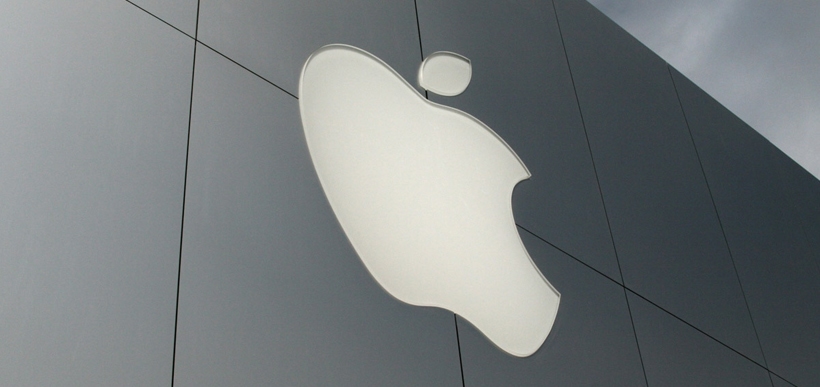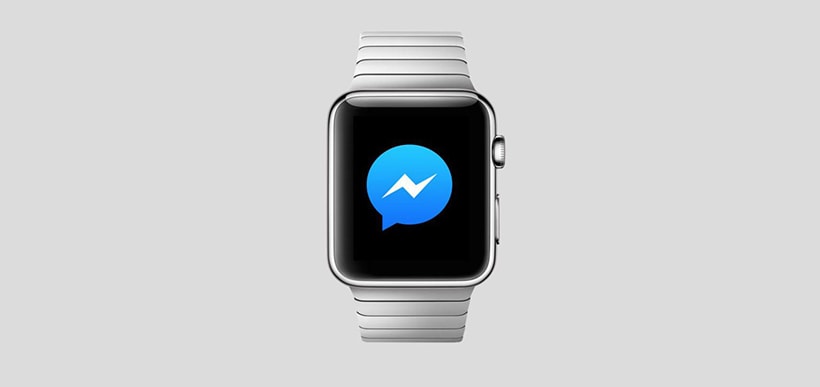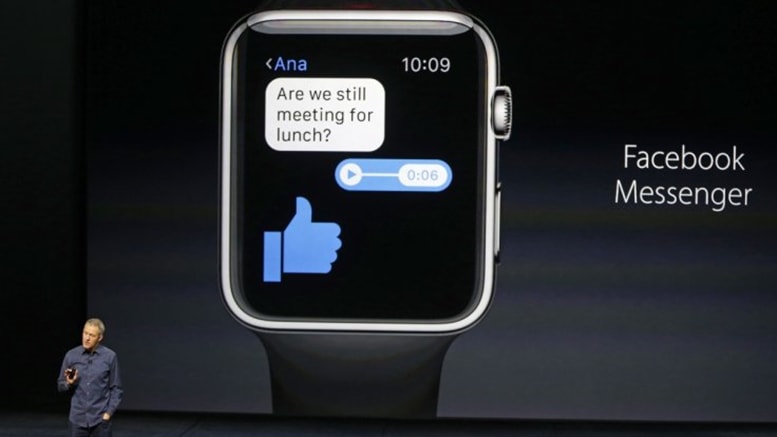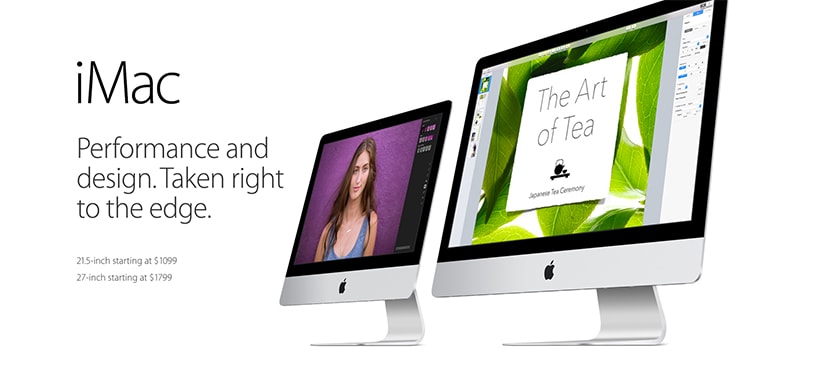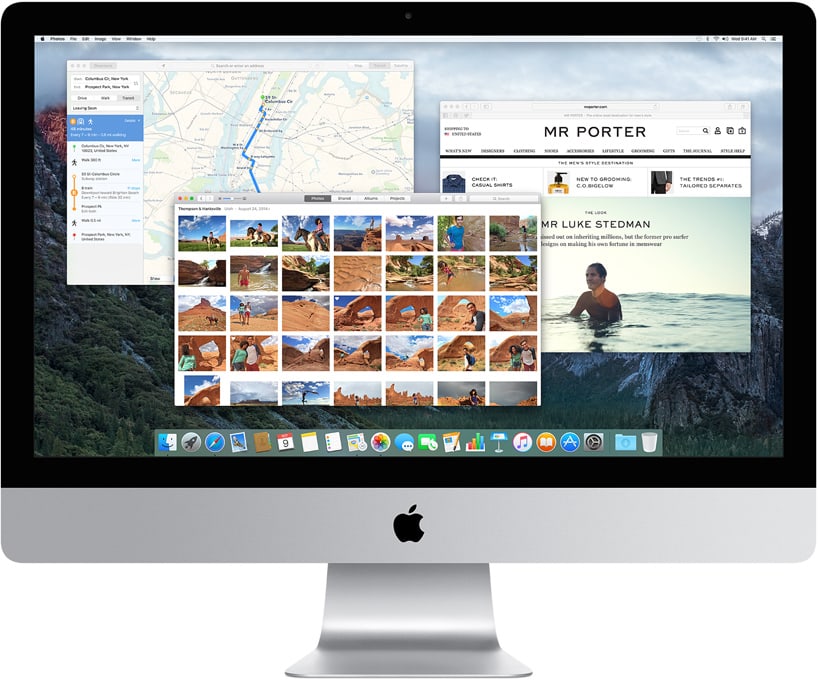The United States Department of Justice has ruled that Apple Inc. have improved their compliant to their antitrust compliance program to an adequate degree. The U.S. Justice Department ruled that the monitoring term appointed by the court did not need to be filed for extension, stating that Apple Inc. met compliance.
Apple Persists Through Difficult Relationship
According to Reuters, a letter filed late on Monday 12th October 2015, in Manhattan Federal Courts states that this decision to no-longer file for a monitoring extension was “not an easy one” as it was stated that Apple “never embraced a cooperative working relationship with the monitor”.
The relationship between the assigned monitor, Michael Bromwich, was termed a “challenging relationship”. Michael Bromwich was appointed as antitrust monitor to Apple after it was discovered that Amazon was responsible for conspiring to raise e-book prices.
Apple Allegedly Involved in Fixing E-Book Prices
Apple acknowledged that their relationship was with Bromwich “rocky at times”, in a joint-letter to U.S. District Judge Denise Cote, but agreed to their compliance obligations. Michael Bromwich is a former U.S. Justice Department Inspector General and began his monitoring of Apple’s antitrust compliance policies in October 2013.
Judge Cote determined that Apple had conspired with five book publishers between the years of 2009 and 2010, to attempt to slow down competitors by raising e-book prices. The publishers involved were Lagardere SCA’s Hachette Book Group Inc, News Corp’s HarperCollins Publishers LLC, Penguin Group Inc, CBS Corp’s Simon & Schuster Inc and Verlagsgruppe Georg von Holtzbrinck GmbH’s Macmillan. They have thus settled allegations placed against them.
$450 Million Appeal
Judge Cote’s discovery upheld an appeal made in June 2015. The appeal made by Apple attempted to argue the fact that they had been involved in behavior purposed at fixing prices.
Apple is apparently still deciding whether to attest this decision at the U.S. Supreme Court. If the decision stands, Apple will be required to pay $450 million in settlement of related claims. Claims are made by thirty one different states, Washington D.C., numerous consumers and Puerto Rico. At least for now Apple no longer have an antitrust monitor looking over their shoulder.
